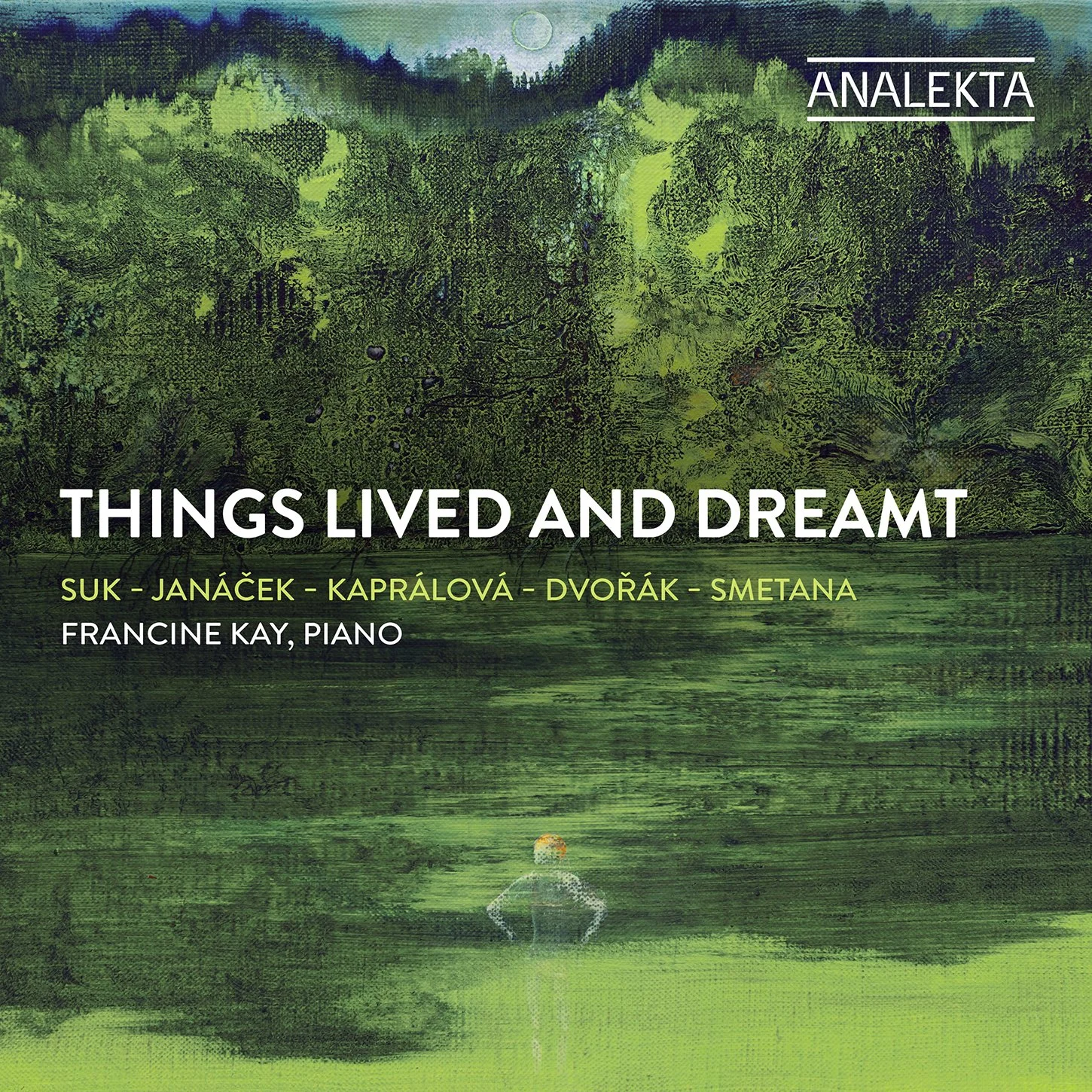Mendelssohn’s success in the concerto form is much clearer: his two piano concertos and E minor violin concerto are repertoire standards and quite deserving of the admiration they receive. But even though Mendelssohn was a child prodigy almost on Mozart’s level (and considered on Mozart’s level in his own time), these concertos did not simply spring into being, any more than a piano concerto such as Mozart’s No. 9, K. 271 (“Jeunehomme”) appeared without predecessors. If it is intriguing to hear Boieldieu’s piano concerto to realize the direction in which he did not develop, it is even more interesting to hear early Mendelssohn concertos for the light they shed on the direction in which he did go.
A new Brilliant Classics CD featuring Solomiya Ivakhiv, Antonio Pompa-Baldi, and the Slovak National Symphony Orchestra conducted by Theodor Kuchar, offers a rare and most welcome chance to explore two Mendelssohn concertos that are almost never heard in concert, and only rarely in recordings. The D minor violin concerto dates to 1822, when Mendelssohn was all of 13 – he really was a prodigy – and the concerto for violin and piano was written only a year later. Both are remarkably assured works, and in both there is already the easy melodiousness for which Mendelssohn was known. These pieces date to the same time as his String Symphonies, which show equal assurance and similar qualities of engaging tunes and well-crafted developments.
The heart of the violin concerto is its central movement, which is more expressive than its Andante tempo indication might lead one to expect. And as in the later E minor concerto, Mendelssohn here has the finale begin attacca after the slow movement’s conclusion. Ivakhiv does not overstate the concerto’s importance or overplay it in any way: it is basically a concerto strongly indebted to those of Mozart, but with some Mendelssohnian characteristics, and Ivakhiv and Kuchar present it with just the right light touch.
The violin-and-piano work has grander ambitions, and in it Mendelssohn somewhat overreached, based on his command of individual instruments and the orchestra at this time. The piece lasts a full 40 minutes and does not really sustain at that length. Here the first movement is the primary focus – it takes up half the work’s total length – but, again, it is the lyrical and often quite lovely second movement that is really the concerto’s heart. Yet there is a strange element to it: the highly affecting middle portion of the movement is for violin and piano alone, without accompaniment, and it almost sounds as if Mendelssohn meandered into chamber music as this section continues – until he eventually resumes the orchestral portion. Later composers were to do something similar, as Tchaikovsky did in his Piano Concerto No. 2, but in this Mendelssohn concerto there is a combination of creativity and awkwardness that is one of the few ways in which the composer’s youth seems retrospectively evident. Again, soloists and conductor approach the music with care and perform it with fine balance and without making too much – or too little – of the material. These concertos are not works of genius, but they are works of genius-in-development, and that in itself is more than enough reason to hear them.






